Humans know that if we lose a part of our body, we have generally lost it forever; it is one of the many things that distinguish us from plants. But since ancient times, we have known that certain animals have amazing powers of regeneration. The lizard’s tail is perhaps the best-known example; as is usual in the natural sciences, it was Aristotle who first described it over 2,000 years ago. Starfish are another well-known example, with their ability to regenerate lost arms and even the entire body from a single arm. Today, science is exploring the secrets of these mechanisms in order to increase the regenerative capacity of humans. Here we take a look at some animals that surprise us with their ability to regenerate or repair body parts.
Hydra
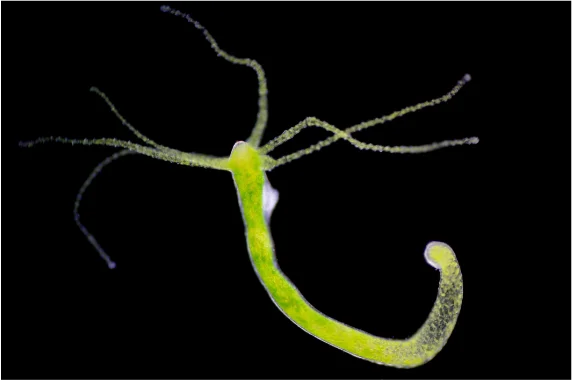
Although other cases were known before, it was the Genevan naturalist Abraham Trembley who in 1744 published the first experiments on the regeneration of the hydra (genus Hydra), a freshwater polyp only a few millimeters long, named after the mythological serpentine water monster that regenerated its heads. Trembley observed that if he cut the polyp in half, the foot would regenerate a head and vice versa, something only thought to be possible in plants. The hydra is now known to have unlimited longevity because it does not undergo senescence; its cells do not age, and its stem cells can divide indefinitely, although regeneration is mostly due to the reorganisation of existing tissue. Some scientists consider it to be biologically immortal, an ability in which certain gene regulators appear to be involved.
Planaria
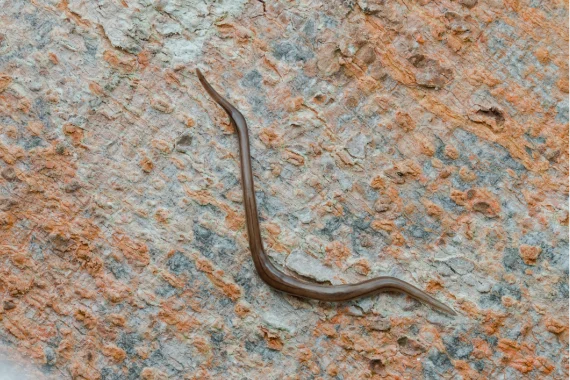
A planarian, a type of small predatory flatworm of which there are many species distributed throughout the world, is a small animal with the extraordinary ability to regenerate any part of its body, including its head and brain. They can regenerate after losing up to 90% of their body. Eastern texts described this power as early as the 9th century, but in the West the first studies were carried out by the Prussian zoologist Peter Simon Pallas in the 18th century. Unlike the hydra, the planarian regenerates mainly thanks to its arsenal of stem cells; the fact that it is also an animal closer to us in evolution—the hydra has radial symmetry, but the planarian is bilateral, like us—has made it a model for the study of stem cell regeneration.
Ascidians
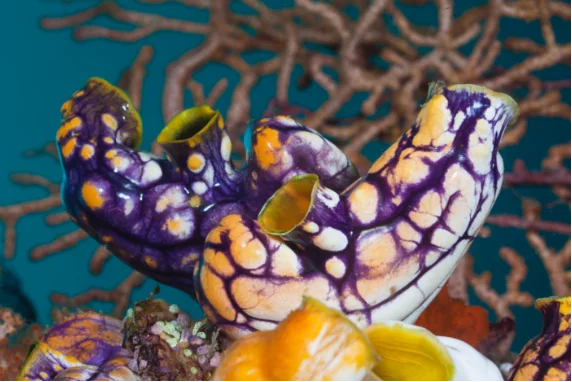
Ascidians, sometimes called sea squirts because of their habit of expelling water when disturbed, are tube-shaped organisms that grow on the sea floor. They are able to regenerate their entire body from just a tiny piece of a blood vessel thanks to the abundant and potent stem cells that circulate in their blood. Scientists have discovered that regeneration initially produces abnormal structures, which are corrected over a series of generations until a normal organism is obtained, like an artist perfecting their work. The fact that ascidians, like us, are chordates—organisms with a nerve cord similar to our spinal cord—makes them a model for studying the self-regeneration of damaged organs.
Axolotl
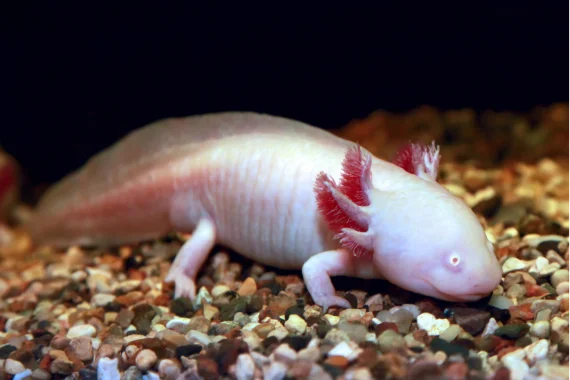
The axolotl (Ambystoma mexicanum) is a Mexican aquatic salamander that is close to extinction in the wild, but in many laboratories it is the mouse of regenerative medicine, as it is the vertebrate with the greatest regenerative capacity. This amphibian does not undergo metamorphosis from larva to adult, but retains its juvenile form and aquatic life, with external gills. It can regenerate not only legs, but also gills and tissues of the eye, heart, nervous system and others. Its secret is that when it loses a leg, the wound does not form a scar, but a blastema, a mass of adult cells that return to a less differentiated state to create new tissue. Other salamanders, lizards and starfish and other echinoderms use a similar mechanism.
Zebrafish
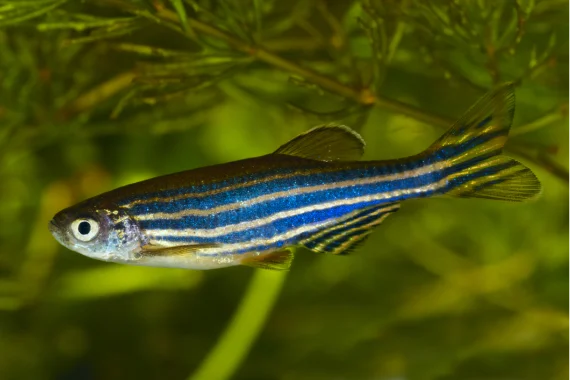
Although the axolotl is often considered the champion of vertebrate regeneration, some fish have comparable abilities. The most widely used in laboratories is the zebrafish (Danio rerio), native to freshwater habitats in South Asia and a popular aquarium species. Their ease of breeding has led to their use as a model in many fields of research, including regenerative medicine: they can regrow amputated fins, but also repair nerve tissue, the retina or the heart. The latter has prompted research into cardiac regeneration after a heart attack, the molecular mechanisms of which are being better understood thanks to zebrafish. These fish are also being used to study the possibility of repairing defects in diseases such as muscular dystrophy.
Lizards
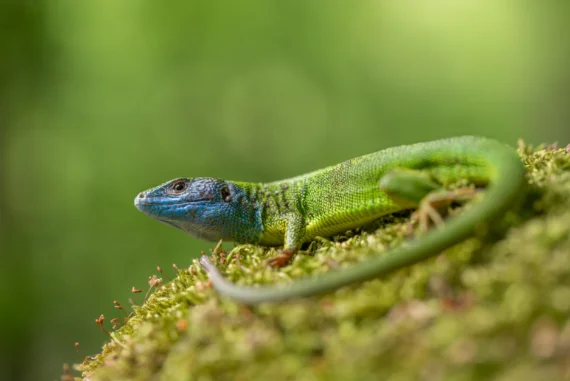
Some lizards can shed their tails (autotomy or self-amputation), which is useful for distracting and escaping predators, as the appendage continues to twitch once it has broken off. However, this regeneration is not complete, as the new tail that grows back is not identical to the one that was lost: the shaft of the original tail is made up of caudal vertebrae, while the new one is just a continuous cartilaginous tube. A 2014 study found that at least 326 different genes are involved in tail regeneration. The case of lizards is particularly interesting for regenerative medicine because these animals are closer to us than fish or amphibians. In 2021, a stem cell experiment succeeded in getting lizards to regenerate perfect tails, similar to the original.
Spiders
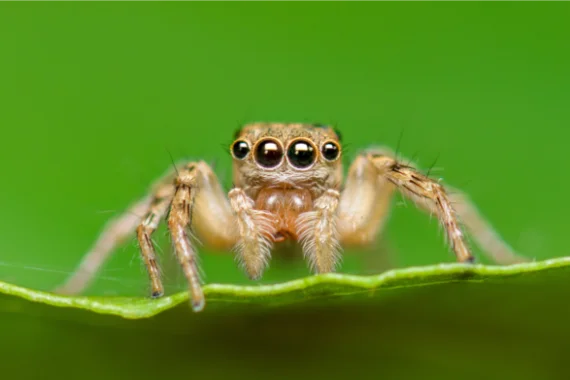
Many spiders have autotomy in their legs, which means they can lose their legs and then regenerate them. The new legs appear in the next moult and, although initially underdeveloped, they grow and strengthen with successive moults. Arachnids sometimes use this mechanism to shed a leg that has been stung by an insect, such as a bee or wasp, before the venom spreads to the rest of the body. Experiments have shown that they only do this when the substance injected is real venom, not saline, and that it only happens when certain pain-causing compounds are present in the venom. Some researchers are studying leg regeneration in spiders to improve robot design.
Spiny mice
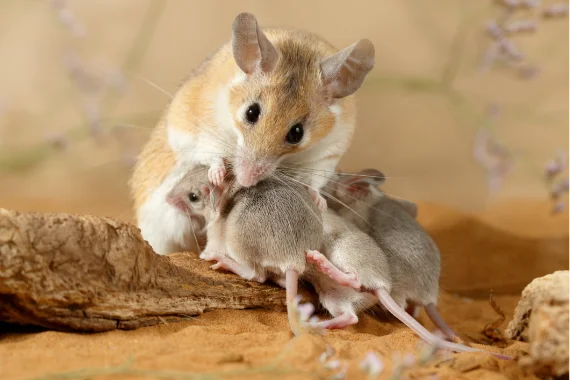
The so-called spiny mice, African rodents of the genus Acomys, are the only known mammals with the capacity for autotomy, shedding their skin when attacked by a predator, which they can then regenerate without scarring. In addition to these abilities, other rodents are also capable of shedding and regenerating tail skin. The researchers suspect that evolution has not endowed these animals with a unique genetic mechanism for regeneration, but that the spiny mice have managed to re-activate the genes that drive this process in salamanders, which are normally silenced in mammals. Given the genetic similarity between all mammals, the scientists suggest that it may be possible to make these genes work in humans as well.
Comments on this publication